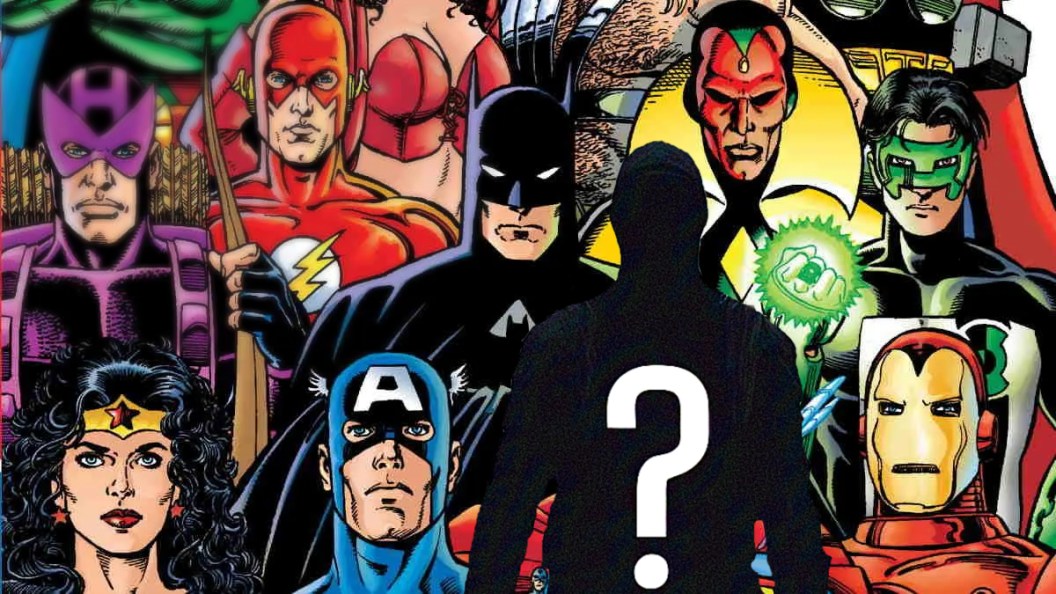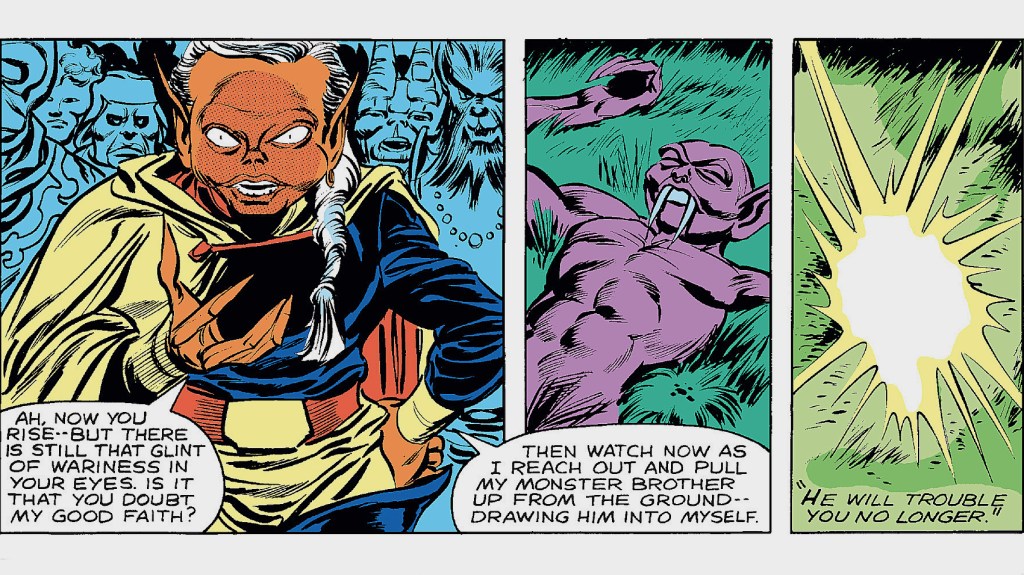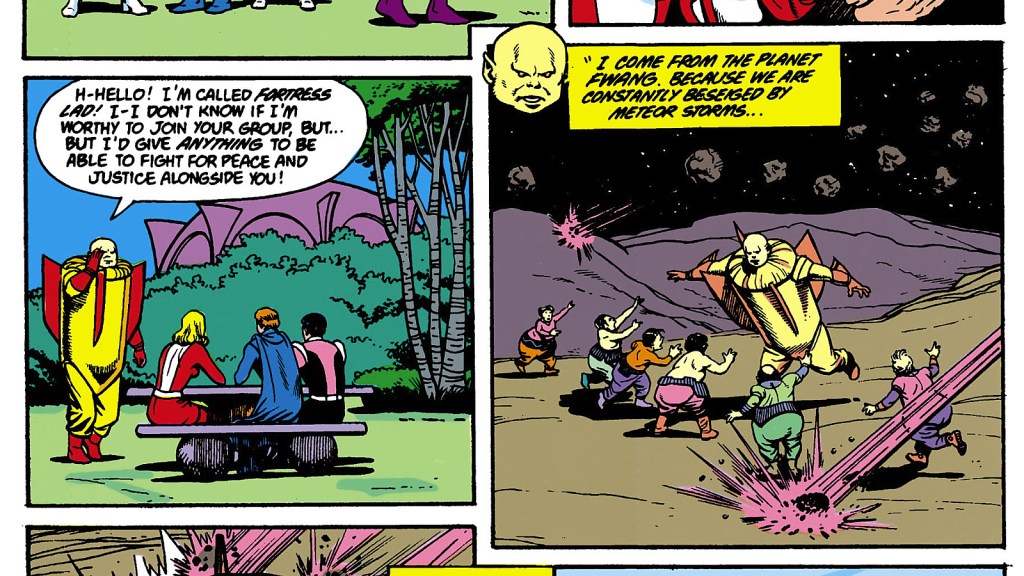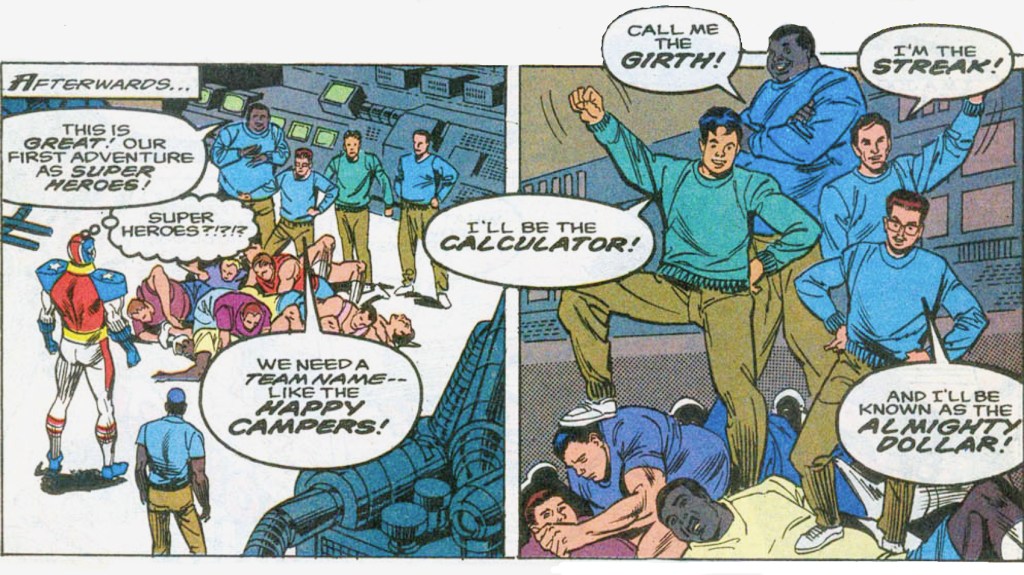
From Marvel to DC, Image to Dark Horse, and all the Dynamite and Boom Studios in between, one constant remains in the superhero comic book world: character longevity. If a character is published even once, they rarely disappear forever. In fact, for most characters, not even death is the end — resurrections, reboots, and retcons often bring them back for another run. “You only live once” is not a rule most comic book characters follow. Conversely, there are the rare few who appear once or twice and are never seen again. This phenomenon is strikingly uncommon, making such characters all the more intriguing and, in a way, worth their weight in gold.
These characters include those who are killed off during their debut because there’s always the possibility that some might be brought back later, perhaps if their weird factor gets normalized. But it doesn’t apply to characters from a series that has concluded and are part of a closed universe. For instance, Gumchum from The Boys was only seen once. However, since The Boys has concluded, there’s no expectation that he could be seen again. Instead, the rarest characters are those whose reason for never appearing again is known solely by the creators, editors, and publishers. Below are a few characters whose strangeness was the likely factor for their lack of a “callback.”
1) Codpiece

While comic book superheroes and villains come in all shapes and sizes, for some, like the villain Codpiece, the difference in sizes is precisely the problem. Indeed, if his name doesn’t provide a clue as to his central gimmick, his costume certainly will. Created by Rachel Pollack and Scott Eaton, Codpiece first appeared in Doom Patrol (1987) #70. His origin story begins much like that of many supervillains: being picked on and bullied as a child left him with serious antisocial issues as an adult. However, the narrative quickly devolves from there.
[ RELATED: The Weirdest X-Men Character Debuted 24 Years Ago And We Still Need Answers ]
Although he is initially rejected by girls because of his short stature, he mistakenly interprets it as a comment on being poorly endowed. As a result, every time he’s turned down for being small, he takes it as a blow to his masculinity. When he finally decides it’s time for payback, he builds his villain persona around the idea of being well-endowed, drawing inspiration from the Renaissance tradition of men wearing bejeweled codpieces. But instead of using precious metals and gemstones like the kings and princes of old England, he takes it to an absurd extreme: his codpiece is a cannon-like contraption capable of drilling through walls, knocking people out from ten feet away, and – of course – firing an array of ballistics.
While the Doom Patrol has always been known for its affinity for the absurd, its introduction of Codpiece to the DC Universe was a surprise few could have anticipated. That being said, it’s clear considerable thought went into his creation, as his background, motivations, and “weaponry” all contribute to a thoroughly bizarre character. This meticulous development is likely the reason the DC Comics Universe has seen neither hide nor hair of him since his encounter with the Doom Patrol all those years ago.
2) Cody Sunn-Childe

As any casual fan of Star Wars knows, the Force is not isolated to just the Jedi and Sith. There are myriad beings who not only can use the Force, but who manipulate it as effectively as any Jedi Master or Sith Lord. To be sure, as the Star Wars Universe has expanded, from the Nightsisters of Dathomir to the Uneti Tree, there has been an effort to highlight Force users who are not Jedi or Sith. But well before the contemporary Star Wars scene, Marvel introduced one of the weirdest Force users to date with Cody Sunn-Childe – a Force user who could literally make his dreams come true.
Created by Wally Lombego and Carmine Infantino, Sunn-Childe made his first — and last — appearance in Star Wars (1977) #46. He was among the earliest to resist the Empire, and one of the early Resistance’s most successful members. But then, without a trace, he and his followers disappearance without a trace. It was at this time that he discovered his Force capabilities. So, rather than continuing his resistance, he withdrew, dedicating himself to fostering a peaceful evolution of the galaxy. To that end, he used his connection to the Force to manifest an inter-dimensional fantasy realm, which he ruled alongside his old comrades.
To say Sunn-Childe’s abilities are weird for the Star Wars universe is an understatement. Indeed, anyone who could conjure spirit-forces that could take out an Imperial Star Cruiser is mindboggling. And that’s likely why he was a “one and done” character. If he had not died, He undoubtedly would have introduced a significant third-party complication into the storyline of the struggle between the Empire and the Resistance..
3) Fortress Lad

One of the fundamental principles of being a superhero holds that a strong offense begins with a solid defense. For Fortress Lad, defense wasn’t just a strategy — it was second nature. As revealed in Secret Origins #46, in a chapter titled “Tower in the Sky” by Marv Wolfman and Vince Giarrano, Fortress Lad was a native of the planet Fwang, born with the extraordinary ability to transform himself into a massive, metallic fortress. This power allowed others to take shelter within him, shielding them from harm. Convinced that his abilities destined him for heroism, Fortress Lad sought to join the Legion of Superheroes, hoping to prove his worth among Earth’s greatest defenders.
Unfortunately, upon consideration of his abilities, the Legion declined to admit him, citing that his abilities weren’t quite aligned with their mission focus. However, before he could make the lonely trip back home, the Legion was attacked by the Mnemonic Kid. To save the Legionnaires, Fortress Lad transformed into a large rocket-shaped structure that the Legion used to escape harm. However, as a result of the Mnemonic Kid’s powers, the Legion forgets Fortress Lad’s existence.
Consequently, without Fortress Lad able to revert to his true form, and with no one else able to recognize that the building they now occupied was, in essence, Fortress Lad, the connection between the two remained unknown. To this day, the Legion has made no further mention of the link between Fortress Lad and their clubhouse, meaning an inexplicable oversight continues without resolution.
4) The Happy Campers

If the core concept behind Marvel’s NFL SuperPro series wasn’t bizarre enough, Issue #10 by Buzz Dixon and José Delbo makes a compelling case. The story follows protagonist Phil Grayfield as he attends a weekend “men’s camp,” where he meets four other attendees: Frank Moody, a mortician; J. Pennington Pennypacker, an accountant; Kwong Dae, an actuary; and Tubby Walsh, a government bureaucrat. Unbeknownst to them, however, the camp is a front for a sinister experiment to implant superpowers into ordinary citizens. Each camper is secretly bombarded with energy designed to grant them extraordinary abilities.
The experiment initially fails, but when the campers’ lives are threatened, their superpowers are unlocked, with each person’s powers based on their occupation or innate abilities. Moody, a jogger, becomes Streak, endowed with super speed. Kwong Dae, a math genius, transforms into the Calculator, able to instantly calculate probabilities, such as predicting the impact of punches on an opponent. Pennypacker, an accountant, becomes Almighty Dollar, gaining the ability to conjure and shoot coins from his fist. Lastly, Walsh, a physically imposing man, becomes Girth, leveraging his size as a formidable weapon. While this team fits neatly into the NFL Superpro corner of the Marvel Comics Universe, they seem unlikely to fit in elsewhere.
5) Mr. Goody Two-Shoes

Taking down the Fantastic Four’s Thing is no easy feat. He’s one of the strongest heroes in the Marvel Comics Universe — someone who has gone toe-to-toe with the likes of Thor, the Silver Surfer, Namor, and the Hulk, and held his own against them all. But that wasn’t the case — at least not at first — when he faced off against the Swedish bank robber known as Mr. Goody Two-Shoes. As told by John Byrne and Ron Wilson in The Thing (1984) #7, the Thing attempts to apprehend Two-Shoes after he exits a bank with stolen money. However, things don’t go as planned: when the Thing confronts him, Two-Shoes kicks away like a stone football. Two-Shoes makes it look shockingly easy to beat up the Thing. It’s only after the Thing hits rock bottom, both literally and emotionally, that he manages to rally and defeat Two-Shoes, who, it turns out, owes his incredible strength to his pair of “atomic boots.”
The idea of a low-level criminal donning special power boots and using them to sweep New York’s streets with the Thing as his broom is beyond bizarre. Even the creators seemed to think so. In a short addendum after the story, the Thing heads over to Marvel Comics headquarters to confront John Byrne, Ron Wilson, and inker Hilary Barta about why they made his fight with Two-Shoes so difficult. It’s an interesting “break the fourth wall” moment that says all you need to know about why the Marvel Universe has never seen Mr. Goody Two-Shoes again.
The post These Comics Characters Are So Weird They’ve Only Appeared Once appeared first on ComicBook.com.

